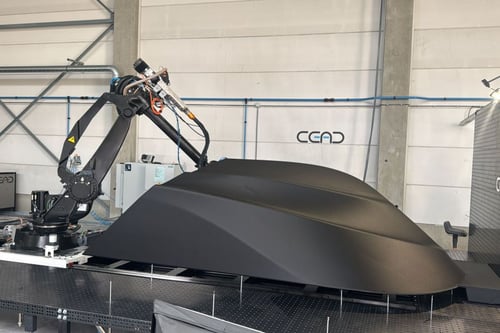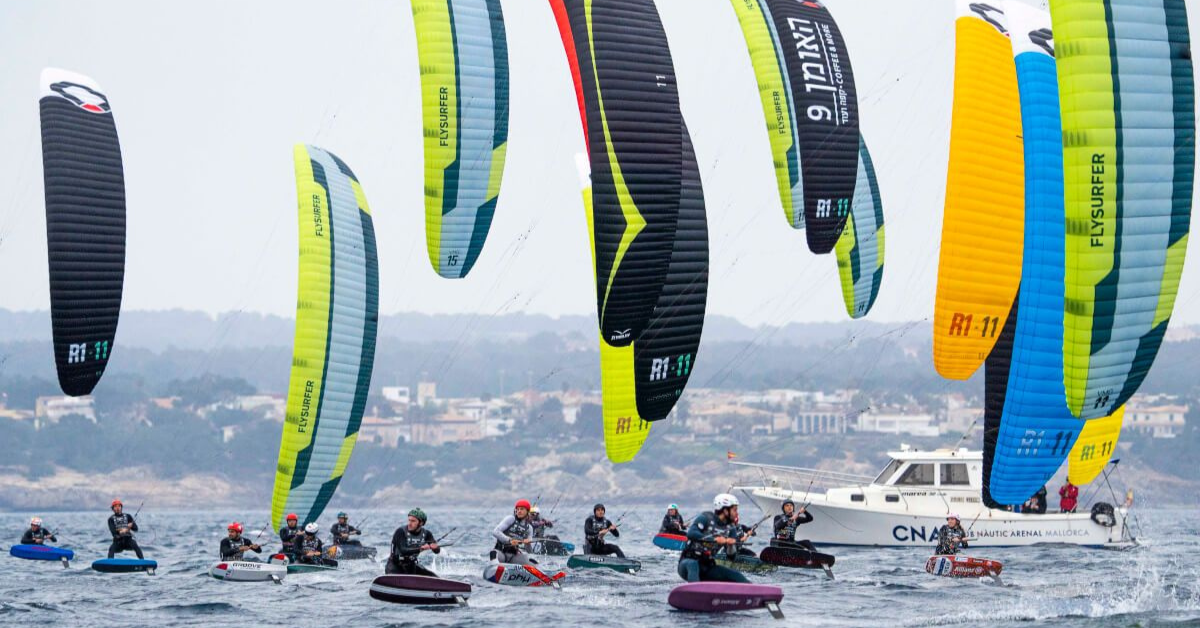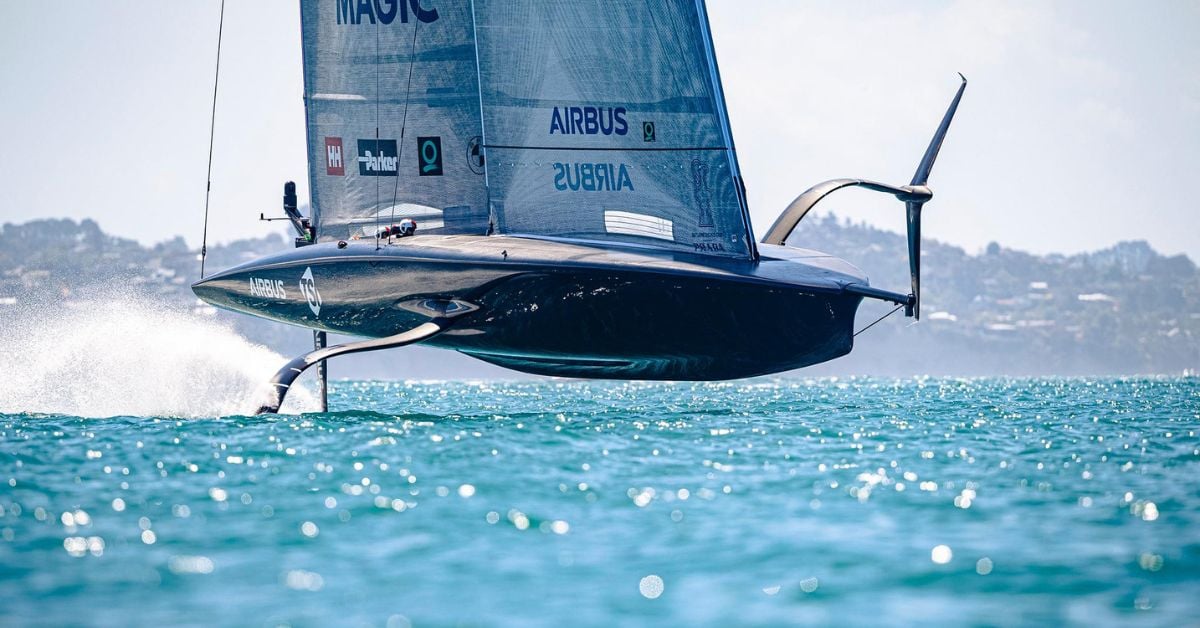From waste to water: 3D printing’s sustainable wave in yacht building
.jpg?h=400&iar=0&w=1200)
Green, customised and automated boat building
Where conventional boat and yacht building methods struggle to convert to the use of sustainable materials, it seems to be easy to do so when 3D printing a boat. Supply of recycled plastics is abundant and additive manufacturing is one of the techniques that has good access to these second use materials. The first boats, motorised and sailing, that have been constructed by a printing machine are already afloat. The technology is proven and scaling up.
Ctrl-P as a name for your boat may seem odd, but the name honours the origin for a growing fleet. One of the first completed and sailing 3D printed boats from recycled material and to be recyclable itself, has been D3aak, as conceived by Leon Wokke and Derk Pas. Wokke was inspired by the activities of fellow Dutchman Boyan Slat, a young student who made his idea come true of taking out the plastic waste and other pollution that is gathering in the great Pacific garbage patch. With his organisation The Ocean Cleanup, Slat is harvesting tons and tons of plastics. These plastic can be re-used, Wokke figured, Additive manufacturing appeared as a very plausible technology to use recycled plastics. Working with 3D printing specialists HB3D, Wokke and Pas designed their D3aak, a launch modelled like a small traditional Dutch barge and launched their first fully operational boat in 2022.
5D printing
“The cures in the hull, typical for the traditional Dutch barges, have put us for a big problem when printing the first hull,” Wokke recalls. “3D printers can print curves, but in a way that makes the curved structure weaker than the straight part. To be able to create a hull that would be strong enough and have the most weight in desired places, a whole new method of additive manufacturing needed to be developed.” Sharing the appetite for experiments with Wokke, the engineers at HB3D decided to see if this problem could be solved.
Together, they came up with the technology they call ‘5D printing’. Not only the robot arm that moves the printing nozzle to the position where it needs to add material is moving in this technique, also the table on which the product-in-progress is sitting moves to position the work in a way that the weld between one layer of material and the next will be such that the strength of this weld will be most beneficial to add strenth to the structure. The result, ready fo production since 2022, is a 5.2 meters long launch with 2.1 meter beam. The bare hull has a displacement of only 350 kilograms. The builders point out that any dimensions can be easily adapted, because 3D printing allows for endless customisation. The printer creates the boats one-by-one and any time a print is run, the design can be altered.
HDPRO
Bigger and more established yards also embrace additive manufacturing. Shipbuilder Damen, a conglomerate encompassing some 18 shipyards around the world, is working with Dutch company CEAD to build workboats and military patrol vessels using 3D printing. In co-operation with universities and research institutions, a new material is developed, named HDPRO by the developers. It is a version of the very strong and durable material HDPE – High Density Poly Ethylene – that can be printed. HDPRO, like HDPE, is very impact resistant. The printing of the hulls results in a smooth surface. With current material development and printing technology, CEAD can print boats up to 12 meters in length. CEAD is a 3D printing company that has a wider focus than only boat building, Research and development in its MAC – Maritime Aplication Centre – is conducted in co-operation with Damen and MARIN – the Dutch maritime research institute.
CFM
Fiberglass additive manufacturing was already introduced by Italian company MOI composites in 2020, with the launch of MAMBO, the first completely 3D printed boat as presented at the Genua Boat Show. The process is called Continuous Fiber Manufacturing (CFM). In this production method, an uninterrupted fibreglass string is impregnated with thermostatic resin. The result is much like woven fibreglass mats that are being injected with resin in a vacuum infusion process, but in this case no mould is needed. The glass fiber is injected with resin in the nozzle of the 3D printing machine that installs the thread of the infused fiber in exactly the right place on the hull while it is being built up. The resin bonds to the previous string of resin infused glass and a fiber reinforced hull is created.
Lessons
Additive manufacturing changes production considerably. Construction labour is no longer performed by human workforce, but by robots. The printer arms, often multi-axis robot arms as used in the automotive industry production, are controlled by software that translates the designed shape of a boat, with hull, structural supports, bases for engines and instruments and furniture, into a movement of the printing nozzle that precisely adds layer upon layer of thermoplastic material to bond to the previous layers. After the first years of additive manufacturing of boats, what lessons are learnt?

Benefits of 3D printing boats include:
- One-run completeness. When cleverly designed, a whole boat, including spaces for installation, furniture and buoyancy can be printed in one go. All moving parts need to be constructed elsewhere and mounted to the hull, however.
- Versatile design: because 3D printers run production one-by-one and no mould is needed, every individual boat can be different from the previous one. This will include design cost for the desired alterations, but inflict no extra production cost.
- Production is fast. A complete boat (without equipment installed) can be produced in days, where traditional boat building methods see a production time of months.
- Reduced cost. There is no waste material, the material used is all included in the boat. There is considerably less human labour involved in production.
- Waste reduction. There is almost no waste material after the printing process.
- Recyclability. It is very well possible to resource recycled materials to use in 3D printing. As the material is always thermoplastic resin, the production process can in most cases be reversed to recycle the boats after their lifespan.
Drawbacks:
- Strength. Thermoplastics, consisting of strings that weld together, do not offer the same strength as metals like steel or aluminium.
- Degradation. Thermoplastics can deteriorate quickly when exposed to UV radiation. Finishing is required. This will add human labour after all.
- Size limitations. To print bigger structures like boats, very large, expensive and complicated machines are required. This necessitates big investments. The investment may however be compensated by the fact that customised production is much easier and no moulds need to be made.
- Surface treatment. Products from printers are often of a rippled surface.
Motivators for the boat builders mentioned above, have been different. The founders of D3aak wanted to build a boat that is really sustainable and succeeded thanks to additive manufacturing. The fact that no waste material is left after production, makes this construction method more environmentally friendly, even if virgin resins are chosen. Other producers focus more on the possibilities to customise to a very high degree when 3D printing. Another benefit is the replacement of labour from the workshop to the design studio. Additive manufacturing can prove to be a driving technology to maintain the production of hulls for boats and yachts in high wage countries, stopping the tendency to have the rough work done in low wage countries and assemble the boats where the customers are.


